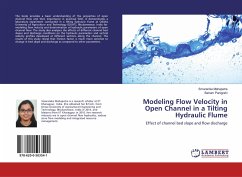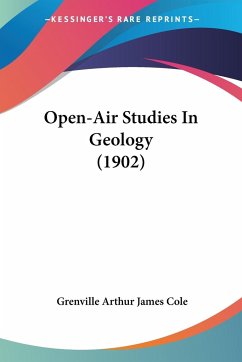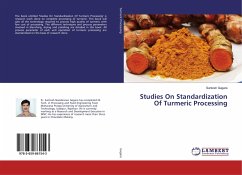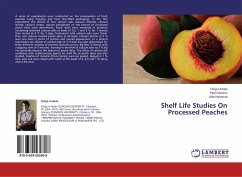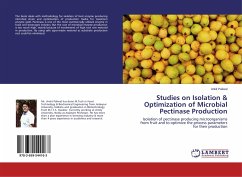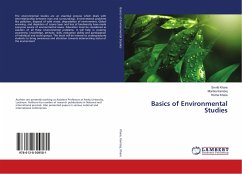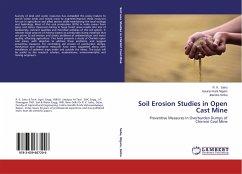
Soil Erosion Studies in Open Cast Mine
Preventive Measures in Overburden Dumps of Chirmiri Coal Mine
Versandkostenfrei!
Versandfertig in 6-10 Tagen
47,99 €
inkl. MwSt.

PAYBACK Punkte
24 °P sammeln!
Scarcity of land and water resources has compelled the policy makers to search waste lands and mined areas to augment/improve these resources for use in agriculture and allied sectors while maintaining the local ecology and hydrology. Most of the coal production (81%) in India comes from open cast mines. Opencast mining in huge forest areas results into loss of biodiversity, nutrient qualities and microbial activities of the soil system. It releases huge amount of mining wastes as overburden dump materials that are prone to soil erosion and create problems of sedimentation and water quality, a...
Scarcity of land and water resources has compelled the policy makers to search waste lands and mined areas to augment/improve these resources for use in agriculture and allied sectors while maintaining the local ecology and hydrology. Most of the coal production (81%) in India comes from open cast mines. Opencast mining in huge forest areas results into loss of biodiversity, nutrient qualities and microbial activities of the soil system. It releases huge amount of mining wastes as overburden dump materials that are prone to soil erosion and create problems of sedimentation and water quality, affecting agriculture. This book presents a study of Chirimiri open cast mines, with objective to address these problems, and suggest preventive measures. For controlling soil erosion of overburden dumps, mechanical and vegetative measures have been suggested along with installation of sediment traps inside and outside the mines. The book will be useful to the research scholars, academicians,environmentalist and mining engineers.



